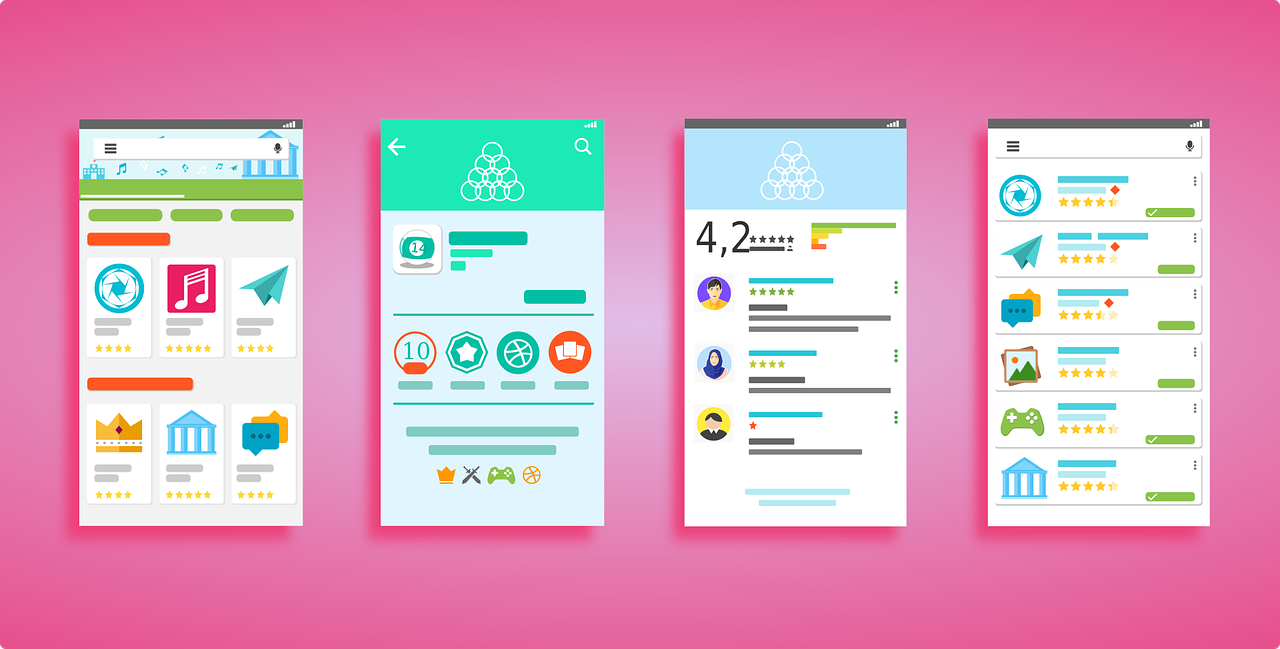In the rapidly evolving world of mobile apps, ensuring a seamless user experience is crucial for success. Mobile app testing and quality assurance (QA) strategies play a vital role in achieving this goal.
By rigorously testing apps across various devices, platforms, and scenarios, developers can identify and fix issues, enhance performance, and deliver a polished product to users.
Partnering with an all-in-one digital solutions agency can provide comprehensive expertise in mobile app testing and quality assurance, ensuring that your app meets the highest standards of performance, functionality, and user satisfaction.
In this comprehensive guide, we will delve into the world of mobile app testing and explore effective QA strategies to ensure the highest quality standards.
Understanding The Importance of Mobile App Testing
Mobile app testing is a comprehensive process that involves evaluating an application’s functionality, usability, performance, security, and compatibility across different mobile devices, operating systems, and networks.
The State of Mobile App Testing report by Perfecto highlights that only 8% of mobile app developers have a fully optimized mobile testing strategy in place. The key reasons why mobile app testing is vital include:
A.) Device Fragmentation
With a multitude of devices, screen sizes, and operating systems, ensuring consistent functionality across the mobile landscape is challenging.
Thorough testing helps identify and resolve compatibility issues, ensuring your app works seamlessly on a wide range of devices.
B.) User Expectations
Users expect apps to be intuitive, fast, and bug-free. By conducting comprehensive testing, developers can meet and exceed user expectations, leading to higher customer satisfaction and retention.
For an app to succeed, the user experience must be satisfying. According to research from Localytics, 25% of mobile apps are only used once after being downloaded, highlighting the importance of providing a good first-time user experience.
C.) Reputation and Brand Image
A faulty app can damage a brand’s reputation and lead to negative reviews and uninstallations. Robust testing processes help prevent such issues, preserving brand image and credibility. Building trust through a high-quality app is key to establishing a loyal user base.
Mobile App Testing Techniques
To ensure comprehensive testing, developers employ various techniques. Let’s explore some of the most common mobile app testing techniques:
A.) Functional Testing
Verifying the app’s features, ensuring they work as intended and deliver the expected outcomes. This includes testing core functionalities, user interactions, input validations, and error handling.
B.) Usability Testing
Assessing the app’s user interface (UI), navigation, and overall user experience (UX) to ensure ease of use and intuitive interactions.
Usability testing helps identify any design flaws or usability issues that may hinder user satisfaction. 90% of respondents to a UserTesting poll said they had deleted a mobile app because of bugs or poor performance.
C.) Performance Testing
Evaluating the app’s responsiveness, speed, and resource consumption under different loads and conditions to ensure optimal performance. Performance testing helps identify bottlenecks, memory leaks, and other performance-related issues that may degrade the user experience.
D.) Compatibility Testing
Testing the app’s functionality across different devices, screen sizes, operating systems, and network conditions to ensure consistent behavior.
This type of testing helps identify compatibility issues specific to certain platforms or device configurations.
E.) Security Testing
Identifying vulnerabilities and potential risks to ensure the app safeguards user data and provides a secure environment.
Security testing involves testing for common security vulnerabilities, such as data leakage, authentication bypass, and injection attacks.
F.) Localization Testing
Verifying that the app is properly adapted and localized for different languages, cultures, and regions. Localization testing ensures that text translations, date/time formats, currency symbols, and cultural norms are accurately implemented.
Test Automation
Test automation is an essential component of mobile app testing, enabling efficient and repetitive testing tasks.
By automating tests using frameworks and tools, developers can save time, increase test coverage, and improve the overall testing process.
Some popular mobile app test automation frameworks include Appium, Calabash, and Espresso. However, it is important to strike a balance between automated and manual testing to address complex scenarios and ensure human-centric testing approaches.
Automated testing can be utilized for functional tests, regression tests, and performance tests.
Additionally, continuous integration (CI) and continuous testing (CT) practices can be incorporated, ensuring that tests are automatically triggered with every code change, leading to early bug detection and faster feedback cycles.
Automation empowers developers to achieve shorter release cycles without compromising on quality.
Replicating Real-World Scenarios
To create a realistic testing environment, it is crucial to replicate real-world scenarios and conditions.
By considering factors such as network connectivity, battery consumption, interruptions (such as incoming calls or notifications), and device-specific features (like GPS or camera), developers can uncover potential issues that may arise during actual user usage.
Testing in real-world conditions helps ensure that the app performs optimally across different scenarios, resulting in a superior user experience.
Beta Testing and User Feedback
Involving users in the testing process through beta testing and gathering feedback is invaluable.
Beta testing allows a select group of users to test the app before its official release, providing insights into real-world usage and uncovering potential issues.
Collecting user feedback through surveys, reviews, and bug reporting helps identify areas for improvement and prioritize bug fixes or feature enhancements. User feedback plays a crucial role in refining the app and meeting user expectations.
Conclusion
Mobile app testing and quality assurance are integral parts of the app development process.
By implementing comprehensive testing strategies, leveraging test automation, replicating real-world scenarios, and involving users in the feedback process, developers can ensure their apps deliver a seamless user experience, meet user expectations, and achieve high-quality standards.
Investing time and effort in mobile app testing ultimately results in enhanced user satisfaction, positive reviews, increased user retention, and the establishment of a reputable brand image in the competitive mobile app market.
Prioritizing testing and QA throughout the app development lifecycle is the key to developing successful mobile applications.








